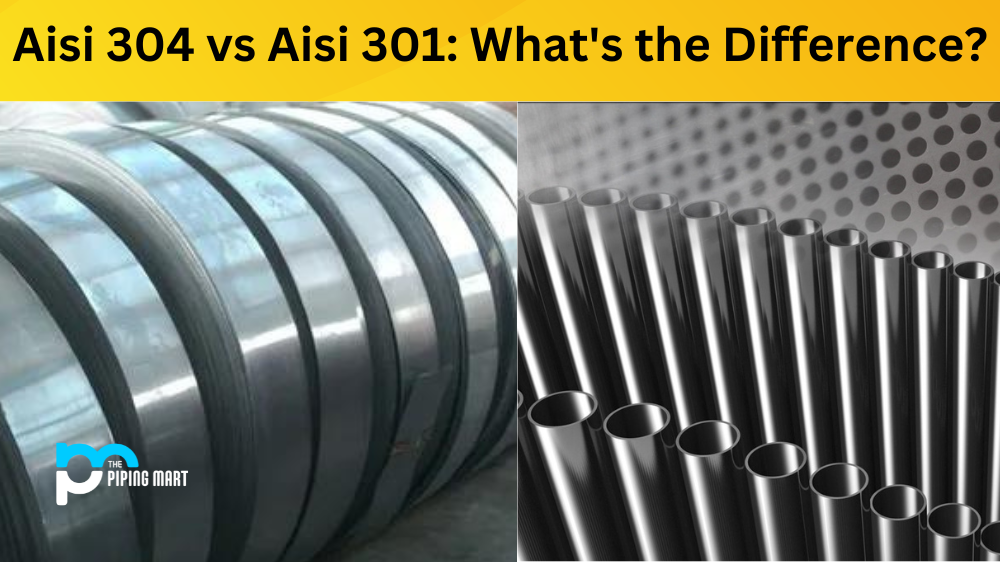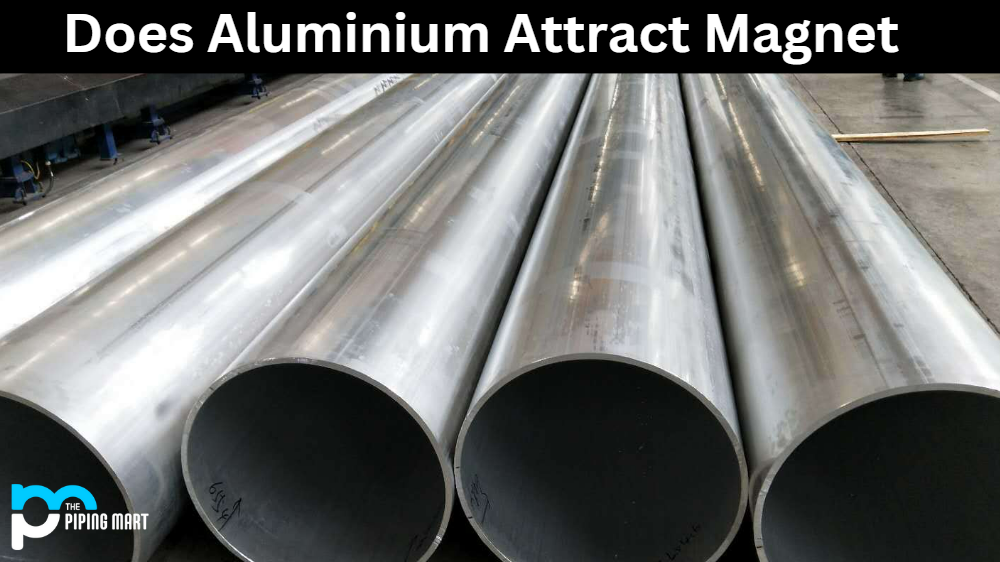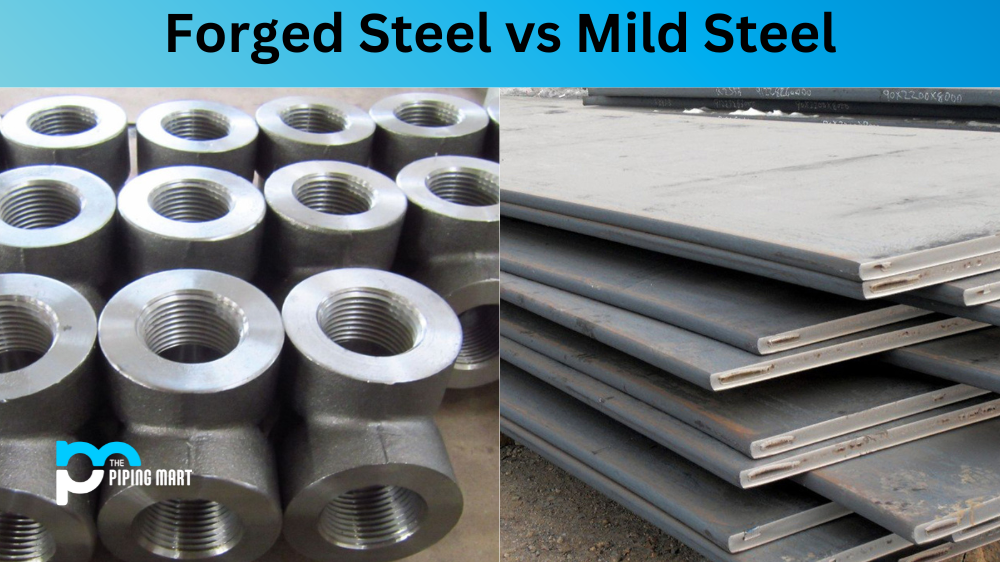If you’re looking for a robust, durable, and cost-effective material for your next project, you’ve probably come across the terms “AISI 304” and “AISI 301.” But what exactly is the difference between these two materials? Let’s dive into the specifics of each to help you decide which is best suited to your needs.
AISI 304
AISI 304 stainless steel is an austenitic grade that can be severely deep-drawn. This material has excellent corrosion resistance in a wide range of atmospheric environments and many corrosive media. It is also non-magnetic, has excellent formability, and is easy to clean. AISI 304 can also be used in food processing equipment, particularly in beer brewing, milk processing & wine making. It is also commonly used in architectural applications such as kitchen equipment or utensils and medical equipment like operating rooms due to its resistance to acids, alkalis and chloride ions.
AISI 301
AISI 301 stainless steel is an austenitic grade that can also be severely deep drawn but with slightly less strength than AISI 304. This material has good corrosion resistance in mild atmospheres, steam, and many mild chemical environments. Still, it will rust more quickly than other austenitic grades if exposed to water or salt spray over time. It also has excellent formability but may not be suitable for severe deep drawing applications due to its lower strength than AISI 304. AISI 301 is often used in aircraft components such as missiles, fasteners, engine parts and exhaust systems due to its high strength-to-weight ratio and superior magnetic properties compared with other stainless steels.
Difference Between AISI 304 and AISI 301
AISI 304 and AISI 301 are two types of stainless steel typically used in different applications. AISI 304 is the most common type of stainless steel, while AISI 301 is typically used in food processing and storage applications. Both types of stainless steel are strong and durable, but there are some critical differences between them.
Composition
One of the main differences between AISI 304 and AISI 301 is their composition. AISI 304 contains 18% chromium and 8% nickel, while AISI 301 contains 16-18% chromium and 6-8% nickel. The higher levels of chromium and nickel in AISI 304 give it better corrosion resistance than AISI 301.
Strength
Another difference between AISI 304 and AISI 301 is their strength. AISI 304 is a more vital type of stainless steel, with a higher yield strength than AISI 301. This means that it can withstand higher stresses without breaking or deforming.
Magnetism
A further difference between these two types of stainless steel is their magnetism. AISI 304 is non-magnetic, while AISI 301 is slightly magnetic due to the lower levels of chromium in its composition. This magnetism can be beneficial in specific applications, such as when magnetic properties are desired.
Cost
Finally, the cost is another consideration when choosing between these types of stainless steel. In general, AISI 304 is more expensive than AISI 301 due to its higher levels of chromium and nickel. However, both types of stainless steel are relatively affordable compared to other metals.
Conclusion
When considering materials for a project or application, it’s essential to weigh all your options carefully when deciding what type of steel will work best for your needs. While both AISI 304 and AISI 301 are popular choices for their competitive price points, their properties differ slightly depending on the environment in which they are being used or their strength level. Ultimately it comes down to understanding your specific requirements before deciding which type of stainless steel will work best for your project!

Abhishek is a seasoned blogger and industry expert, sharing his insights and knowledge on various topics. With his research, Abhishek offers valuable insights and tips for professionals and enthusiasts. Follow him for expert advice on the latest trends and developments in the metal industry.




